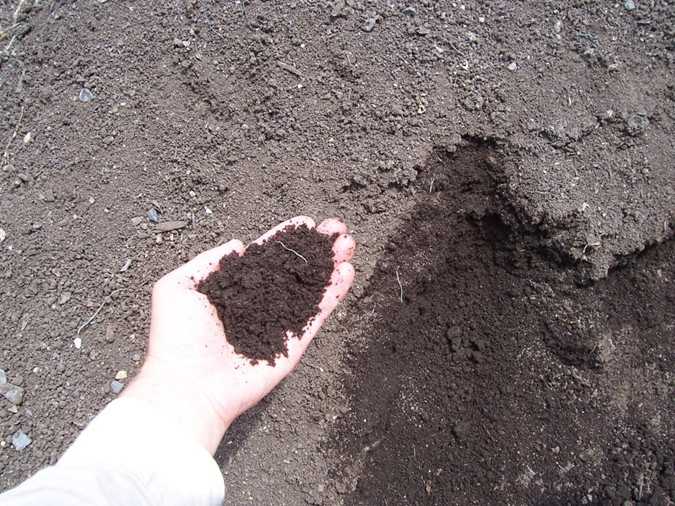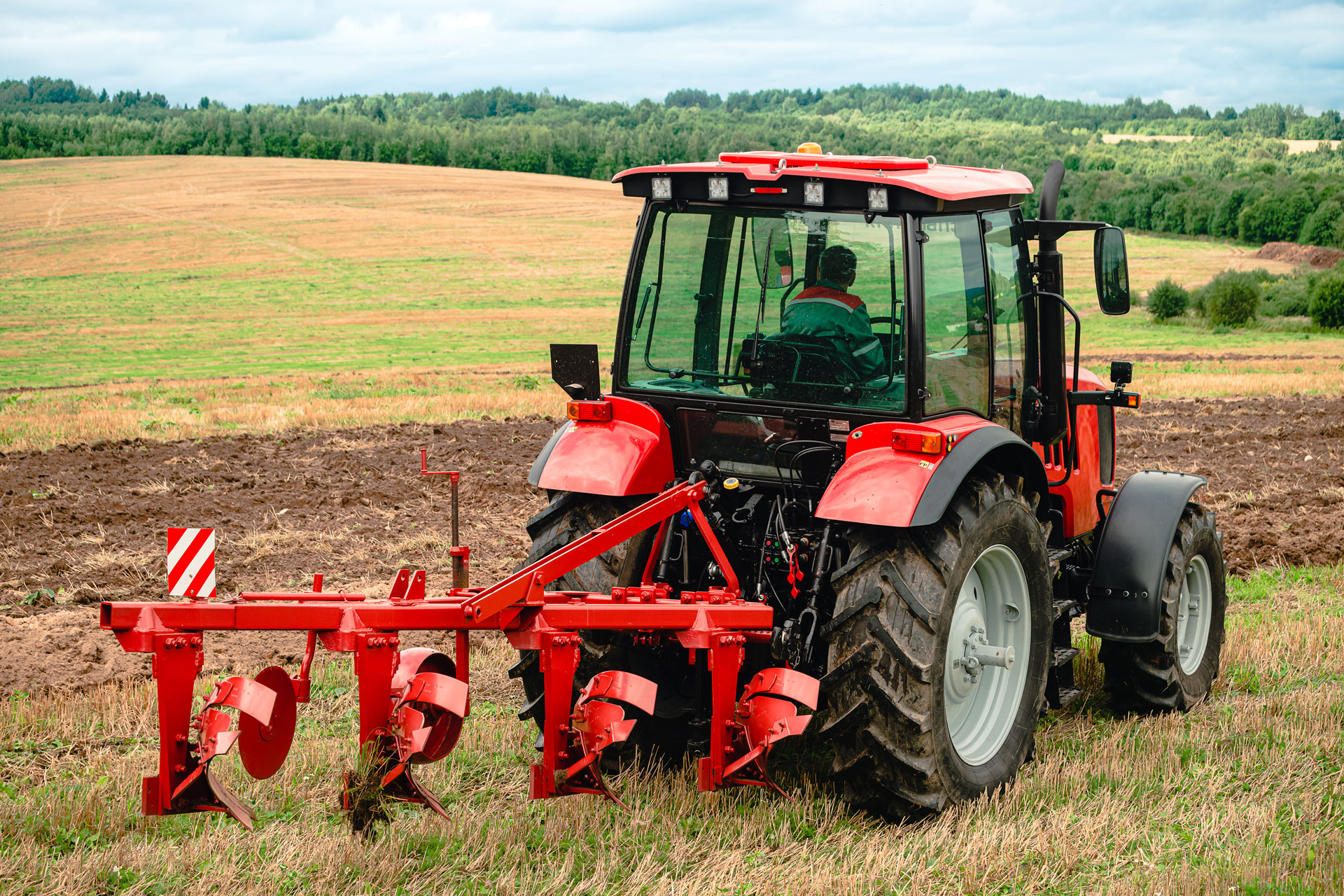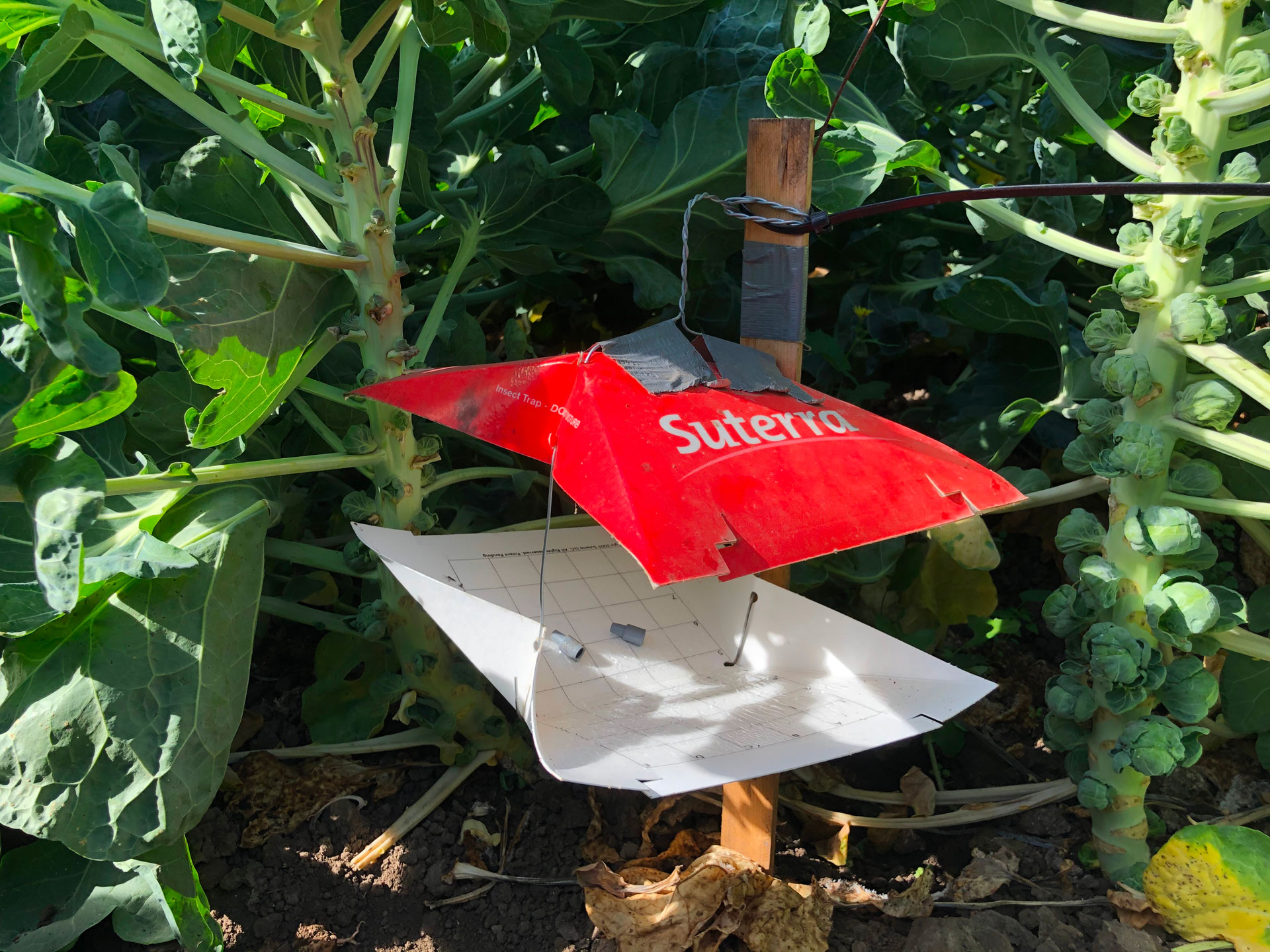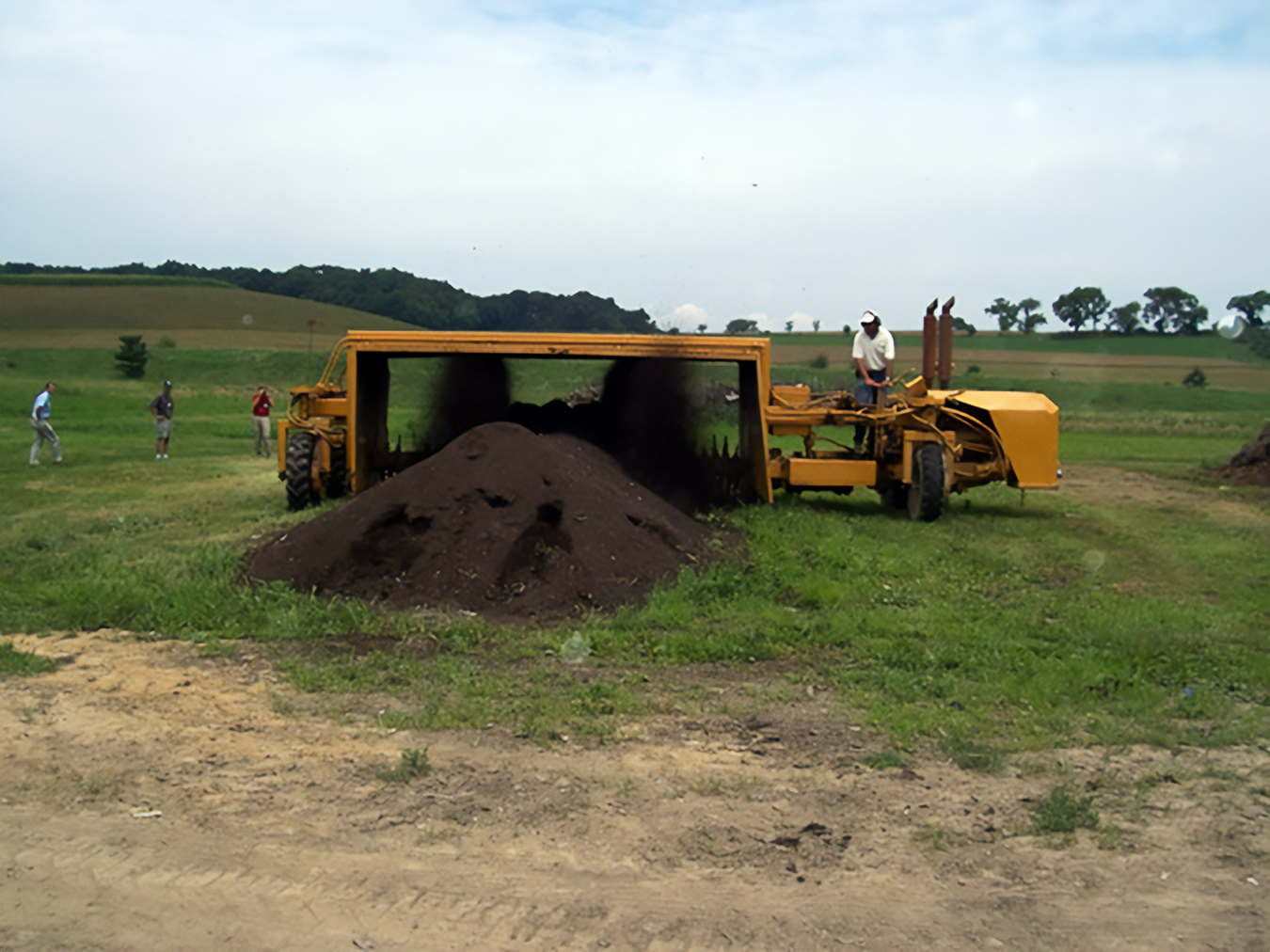
Organic farming has a long philosophical and historical focus on building soil fertility. Specifically, the USDA National Organic Program (NOP) requires organic farmers to “select and implement tillage and cultivation practices that maintain or improve the physical, chemical and biological condition of soil and minimize soil erosion,” “manage crop nutrients and soil fertility through rotations, cover crops and the application of plant and animal materials” and to “manage plant and animal materials to maintain or improve soil organic matter content in a manner that does not contribute to contamination of crops, soil or water by plant nutrients, pathogenic organisms, heavy metals or residues of prohibited substances.”
For agriculture in general there has been a shift away from a singular focus on building up the nutrient supplying capacity of soils and prevention of soil fertility exhaustion towards a broader focus on comprehensive nutrient management planning to deal with excess supplies of certain nutrients. Much of the nutrient management emphasis has been on nitrogen (N) and phosphorus (P), and the environmental and water quality concerns associated with both nutrients.
Balancing Mineral Nutrients
A fundamental principle of sustainable agriculture that applies to all farming systems is a need to balance mineral nutrient inputs and outputs over the long term. Development of a sustainable nutrient management plan for any given farming operation or land area requires quantitative information on imports and exports of mineral nutrients contained in composts, manures and fertilizers along with crop yields and sales records for agricultural products.
Published book values are often used to account for nutrient content of manures and composts, but because they can be highly variable, a lab analysis of the specific material is preferable. Major agricultural commodities exported from a farm may be from crops such as grains, forages, fruits, vegetables and fibers, or from animal products such as meat, milk or eggs. Nutrient leaching, runoff and erosion are also a kind of export or soil fertility loss growers should strive to minimize.
The mineral nutrient content of harvested agricultural products could be measured in each specific instance for comprehensive nutrient management planning, but at the present time and for practical purposes are usually based on reference book values. With respect to mineral content, it might be assumed that “corn is corn” or that “milk is milk”; however, these may be false assumptions since some research suggests local soil fertility conditions and production systems may influence the nutrient content.
Organic growers must keep certain types of production records for purposes of their annual review for inspection and organic certification. Likewise, organic growers must keep detailed records of imported compost or source materials used in making compost. They must also document use of approved organic fertilizers and application rates. These same production input and sales records can also be very useful for the purpose of nutrient management planning in organic farming operations.
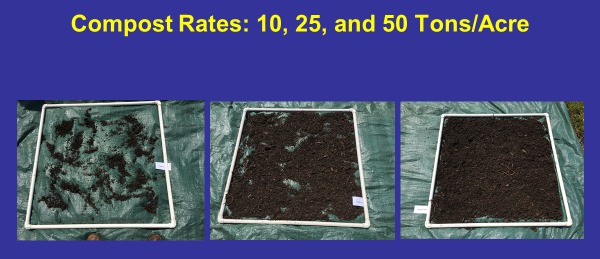
Given the limited reliability of reference values for purposes of nutrient management planning, keeping records of soil test results and tracking changes in values over a period of several years can be an alternative way to evaluate the sustainability of a nutrient management program. If soil fertility values over a period of several years are trending downward or upward beyond recommended optimum soil test levels, this can alert organic farmers to necessary adjustments in nutrient management.
The way a farm conducts operations related to production of crops and livestock can create its own challenges. For example, in some regions, large volumes of manure are produced by conventional concentrated animal feeding operations (CAFO). Such manures are sometimes made into compost and used on organic farms. Repeated use and application of CAFO-sourced manures or compost can result in accumulation of certain nutrients from manures beyond local soil/crop production demand.
The excess nutrient accumulation problem is not limited to organic farming operations. This also can happen on conventional farms that utilize manures without consideration of nutrient balance. This ecological problem stems in part from a geographical separation of grain and forage production and its export to animal feeding operations where manures accumulate beyond the nutrient needs of local soils.
To the extent that organic livestock farms are pasture-based and feed minimal amounts of imported organic feeds, these organic operations tend to avoid this nutrient imbalance problem. Products such as hay, where the whole aboveground biomass is harvested, tend to export the greatest amount of nutrients from a field. Unlike machine harvest, grazing the same field with cows to produce milk or meat recycles much of the nutrients in place and exports much less nutrients from the farmland. Farming systems that emphasize grazing also tend to be effective at building the soil N fertility and reduce the need to import off farm N fertility.
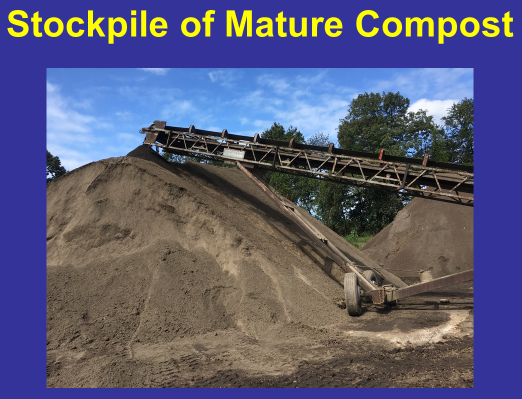
When organic dairies rely heavily on a mix of perennial legumes and grass forage, this minimizes the need to produce corn or other N-demanding grain crops. An organic dairy with a well-designed crop rotation can easily be managed to be self-sufficient with respect to N by recycling on-farm nutrient sources and by drawing upon the unlimited supply of N from the atmosphere. Other nutrients, such as P and K, can also be recycled on-farm. However, P and K may become deficient unless nutrient exports in the form of livestock products are balanced with imports.
Organic dairies are generally less focused on high milk volume per cow and more concerned about sustaining herd health, decreasing production cost by feeding pasture and forages in place on concentrates and internalizing farm nutrient cycling. Leguminous crops are an important feature of crop rotation on organic farms. Nutrient export from farms marketing forages through sales of milk, meat or eggs is only a small fraction of what would leave the farm gate by direct sales of the hay or grains by farms without livestock.
Organic feed, especially grains, tend to be expensive. Organic dairies are typically managed to supply as much of the livestock feed as possible and from greater reliance on forages. In contrast, in conventional agriculture, large numbers of animals are often raised in confinement and fed relatively inexpensive commodity grains that may be imported from a great distance beyond the local region.
The transition of some conventional farms to the organic system has created new markets or outlets for an overabundance of poultry and other manure types from CAFOs. Whenever crop rotations and cover crops fail to fully deliver the amount of N needed and because organic farming prohibits direct use of synthetic commercial N sources, organic growers of grains and vegetables often look towards manures and composts as a source of supplemental N.
The use of manures or compost made from conventional livestock operations as a N source (much of it originating as synthetic N fertilizers) in organic farming has sometimes been described as “repackaged” N when used in organic vegetable farming.

Nutrient Management Planning
Soil fertility recommendations provided by soil testing laboratories and nutrient management advisors are often prescriptive for simple chemical carriers of specific nutrients. Since some commercial fertilizer sources are classified as prohibited substances by the NOP, nutrient management can be a complex problem in certified organic farming.
The challenges and complexity of nutrient management planning are illustrated in an example of using a 5 ton/acre application of poultry manure as fertilizer (Table 1). Although organic farmers would not grow a monoculture of corn after corn, it is interesting to note how many years of grain harvest would be involved in utilization of each individual nutrient. For the major nutrients, about three to five harvests of corn for grain would utilize the applied NPK. In contrast, it would take more than 80 years of grain harvest to utilize the manganese or copper applied from that same poultry manure.

When the whole aboveground biomass is harvested instead of grain or seed, nutrient removal typically occurs quicker. If, for example, a hay crop was grown and harvested after the poultry litter manure application, most the of the N and K would be utilized in less than two years instead of the three to five years for corn grain.
It should be noted that crop nutrient uptake and removal are two different parameters. This is illustrated with data for sweet corn presented in Tables 2 and 3. The values given in Table 2 show quantity of various nutrients taken up by the vegetative biomass of a sweet corn crop. Although the nutrients are taken up from the soil by the crop, sweet corn biomass is generally chopped and left behind as residue on the field. Consequently, the nutrients are recycled in place on the field.


The values given in Table 3, however, show the quantity of various nutrients taken up by the marketable sweet corn ears that are harvested. Because the ears are going to market, the nutrients contained within are removed and exported from the field.
Thus, how a crop is harvested or taken from a field matters in terms of nutrient management. Imagine, for example, if a corn crop was harvested as silage or feed rather than just for ears or grain. Although not normally done in the case of sweet corn, in such case the values shown in Tables 2 and 3 would be combined to calculate nutrient removal.
Beyond sweet corn, nutrient removal amounts for a wide range of harvested crops can be found by web searching for extension publications.
Nutrient management planning has typically been primarily focused on managing N, P, and K, but with increasing attention focus on sustainability, micronutrients could also become a concern. In the case of micronutrient fertilization, organic and conventional agriculture have much in common. Many of the same micronutrient fertilizer sources are permitted in organic as in conventional agriculture. The main stipulation for organic systems is that plant or soil diagnostics is a requirement to document a need for a particular micronutrient fertilizer application before it may be used. However, micronutrient inputs that come from manures and composts are generally not given the same attention as specific micronutrient fertilizer products.
Soil fertility management in organic agriculture is not a separate activity but rather is an integral part of the whole-farm system. Thus, nutrient management advisors are challenged to balance nutrient inputs and ratios from complex source materials of variable composition and variable rates of availability for crop and livestock nutrition. The type of bedding material used for livestock greatly influences the composition of animal manures and the carbon to nutrient ratio.
Bedding materials often contain high levels of carbon relative to N or P. Wood shavings or straw bedding materials typically have C:N ratios well above 30. A wide carbon to nutrient ratio can temporarily reduce availability of N or P in soil. Decomposition of these materials in soil means that microorganisms will seek to satisfy their own need for N in competition with crops.
Composting of the manure is one way to work around this problem. Compost made according to the organic program standards for turnings and temperatures is designed to protect against foodborne pathogens when used as a soil fertility amendment in vegetable production.
However, compost should not be used as a primary N source for vegetable production. Only about 10% of the N contained in compost might be available to a crop in the first growing season. Organic growers who have repeatedly used heavy application rates of compost often find that soil test P levels soon become elevated beyond the optimum range. Excessive soil fertility P levels draw the attention and environmental concern of nutrient management planners.
An accounting for a balanced flow of nutrients onto and from an organic farm operation is not a simple process. But it is manageable with knowledge about the composition and flow of soil fertility inputs.
Equally important is the type of cropping system, including the types of crops grown, how they are harvested, the long-term crop rotation, the inclusion of cover crops, livestock integration and time.
As previously mentioned, regular soil sampling and record-keeping can be used to track soil fertility trends in farm fields. Organic growers should be striving for improving soil fertility and soil health while at the same time sustaining nutrients levels in an optimum range for crop production.
Dr. Joseph R. Heckman, Ph.D., is a Soil Fertility Extension Specialist at Rutgers University.
